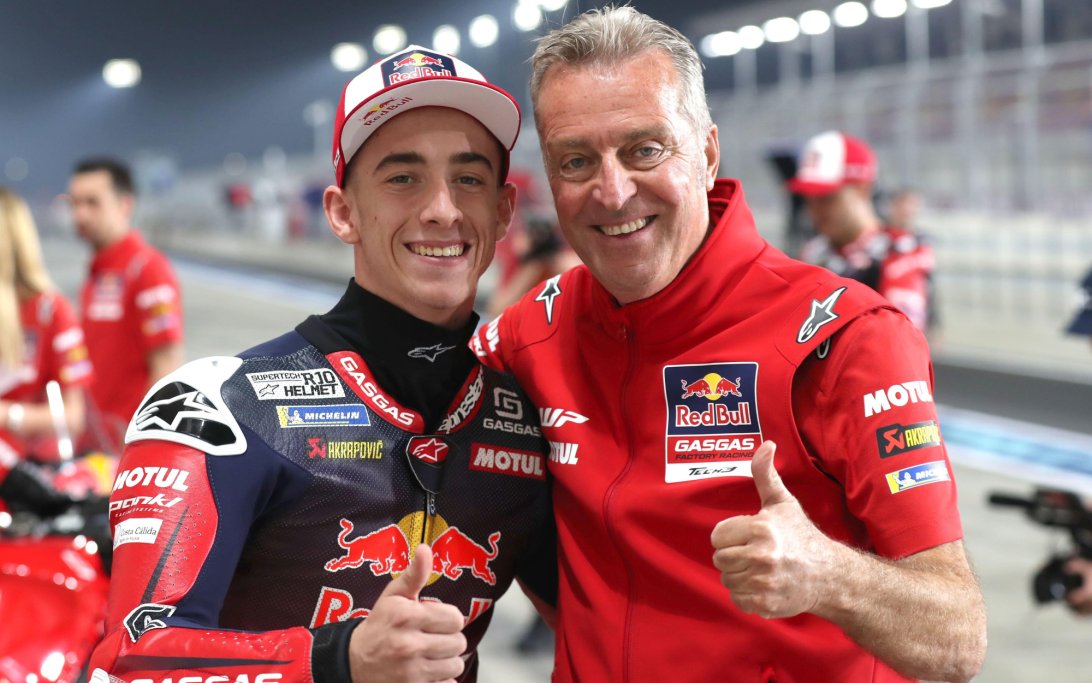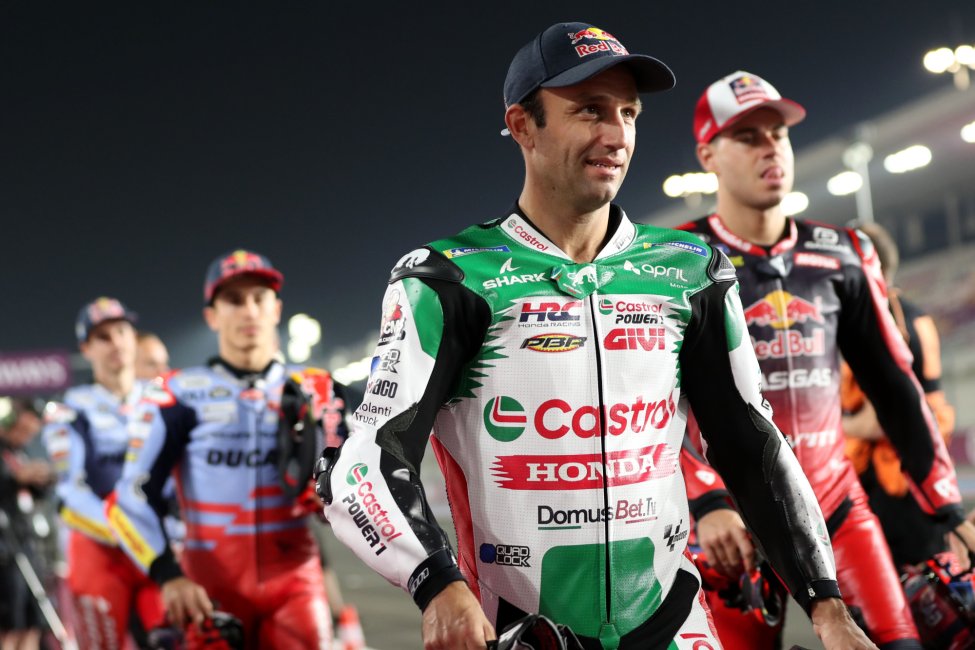MotoGP rules explained
In this article, we highlight key MotoGP rules. Below, you'll find the rules regarding tires, required weight, weekend format, and more.

The key MotoGP rules
In the overview below, we highlight some important MotoGP rules.
MotoGP tyres
Since 2015, Michelin has taken on the role of tire supplier in MotoGP. The tires are marked with various colored stripes to indicate the type of compound. Yellow markings indicate a hard compound, while unmarked black stripes denote medium and white stripes denote soft. Additionally, tires can have a symmetrical or asymmetrical composition. Symmetrical tires have a uniform composition across the entire surface, whereas asymmetrical tires are harder on one side than the other. This is especially useful on circuits with more corners in one direction. Finally, there are special rain tires for wet conditions and dry tires for dry road surfaces.
Weight and CC
Within MotoGP, a minimum weight is enforced for the motorcycles by the global motorsport federation FIM. The minimum weight within MotoGP is 157kg.
The motor configurations of MotoGP manufacturers vary greatly, but they share one characteristic: a displacement of 1000cc for the engine block. Within this framework, different brands employ diverse designs. For example, Ducati utilizes the 90-degree V4 concept, while Yamaha opts for an inline-four concept.
Is there a budget cap?
Within the MotoGP, there is no budget cap among the manufacturers, as in Formula 1. However, there are financial rules applicable to full factory teams, such as Honda, Ducati, Yamaha, and Suzuki. Smaller teams have the option to lease engines from these factory teams. The manufacturer may rent these engines to a smaller team for a maximum amount of €2.3 million.
What is the difference between practice and free practice?
During a Grand Prix weekend, there are two free practice sessions, followed by one qualifying session. In the free practice sessions, drivers have the opportunity to drive freely. The lap times in these sessions do not count towards qualifying, unlike the qualifying session. This session lasts for 60 minutes and offers the top 10 drivers the chance to qualify directly for Q2. The remaining drivers will compete in Q1 to qualify for Q2. In Q1, only the top 2 drivers proceed to Q2
MotoGP qualifying rules
During the MotoGP, certain qualification rules apply to determine the starting grid of the race.
What's the difference between Q1 and Q2 in qualifying?
During the "practice session," the qualification placement is determined. Up to twelve riders can participate in Q2, where the starting grid is determined. Riders can directly qualify for Q2 by finishing in the top 10 during the practice session, skipping Q1. The remaining riders will compete in Q1 to qualify for Q2, with only the top 2 advancing to this session.
Introduction of the sprintraces
This season, a sprint race is held during each GP weekend on the day before the race. As is the case in some classes, the MotoGP sprint race does not affect the starting grid for the Grand Prix. The sprint race covers half the race distance, and points are awarded to the top nine finishers.
Don't miss out on any of the Formula 1 action thanks to this handy 2026 F1 calendar that can be easily loaded into your smartphone or PC.
Download the calender